
Mastering Container Gardening with Japanese Maples
Cultivating Japanese maples in pots can be a fulfilling endeavor offering you the opportunity to appreciate these beautiful trees up close. In this article well delve into tips for container gardening covering everything from choosing the pots to maintaining drainage and providing the care.
Table of Contents
🌱 Intro
Greetings, plant enthusiasts! Today we're delving into the enchanting realm of gardening featuring Japanese Maples. If, like us, you're smitten by these stunning trees you're aware that cultivating them in pots can be a rewarding yet tricky endeavor. Let's uncover some tricks that will simplify your container gardening journey and believe me your maples will be grateful for it!
🌳 Mr Maple Show
If you haven't tuned into the Mr. Maple Show yet you're truly missing something special! With updates that delve into plant care and showcase the newest Japanese Maple varieties it's a goldmine of knowledge. Be sure to hit that like button and subscribe to get your serving of maple delights!

💧 Drainage
Lets discuss drainage because if your Japanese Maple isn't draining properly its like having a swim in a kiddie pool! The key thing to remember is to make sure your pot has at one hole at the bottom. Believe me, if there are no holes, you might as well be attempting to grow your tree in a bowl of soup!
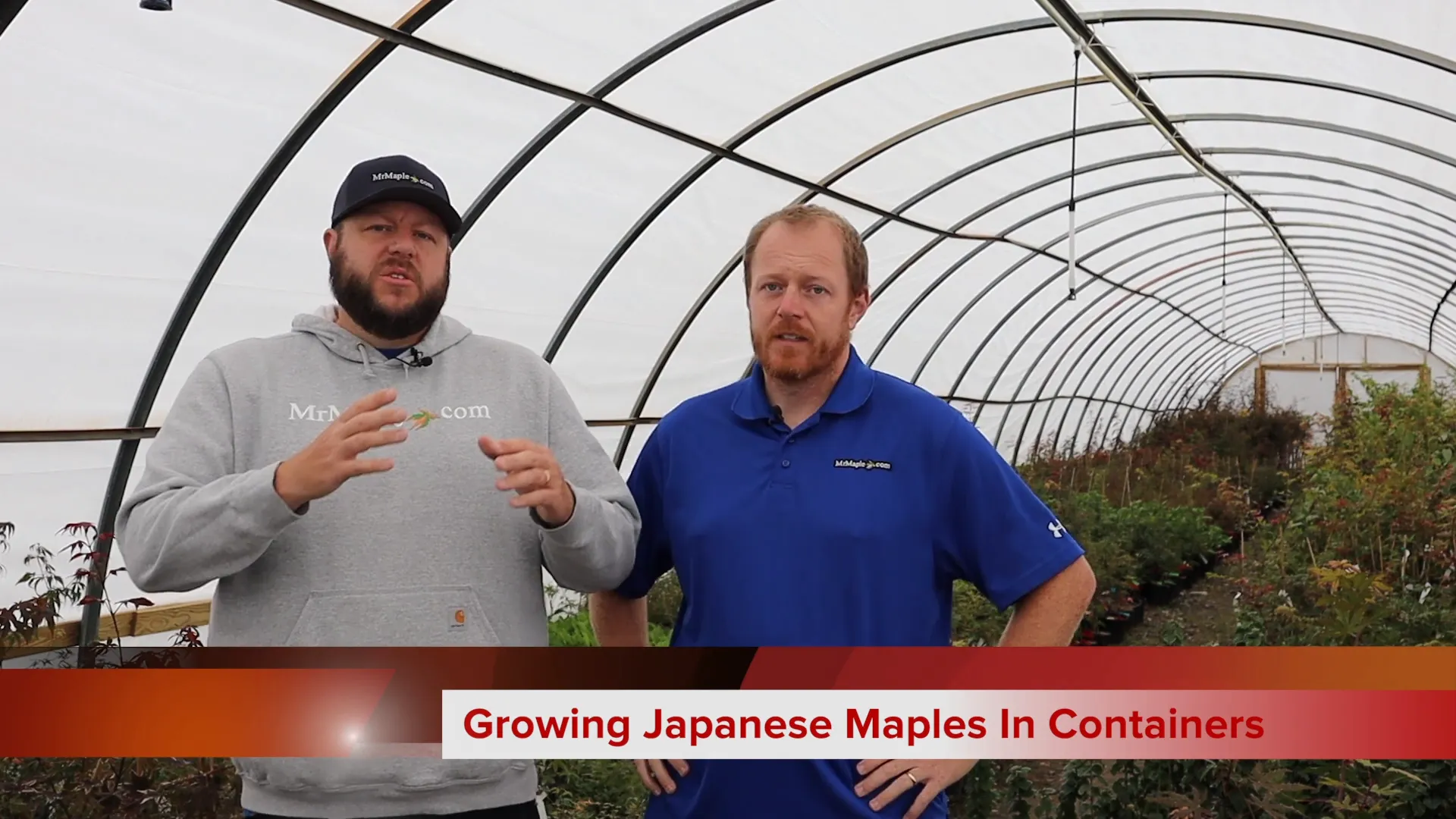
- Multiple Drainage Holes: Ideally, you want multiple holes to allow for proper water escape. If you can drill more holes, do it!
- No Saucer of Death: That’s right! If your pot is sitting in a saucer, it’s like a spa day gone wrong. Water can accumulate and turn your roots into mush. Say goodbye to root rot!
- Gravel Layer: If you only have one hole, consider adding a layer of gravel at the bottom of the pot to help facilitate drainage.
🪴 Pots
Selecting the proper pot is crucial! You need one that not enhances the appearance but also promotes the well being of your tree. While decorative bowls may be charming they aren't the best choice for your green companion!

Here are some tips to help your Japanese Maple thrive.
- Size Matters: Don’t start with a massive pot for a small tree. It can lead to water retention issues. Think of it like putting a toddler in a giant swimming pool—too much space can be overwhelming!
- Material: Consider the material of your pot. Concrete pots can heat up and dry out your tree faster. Opt for materials that maintain a stable temperature.
- Elevate Your Pot: Use pot feet or even paint stirrers to lift your pot off the ground. This will help with airflow and drainage.
🔄 Repotting
Ah, the skill of repotting! It's important to give your Japanese Maple a check up every few years to make sure its roots aren't cramped. This is crucial if you haven't transferred it to a pot in over three years. The ideal time for this task is during the trees dormant period, which usually falls between February and March.
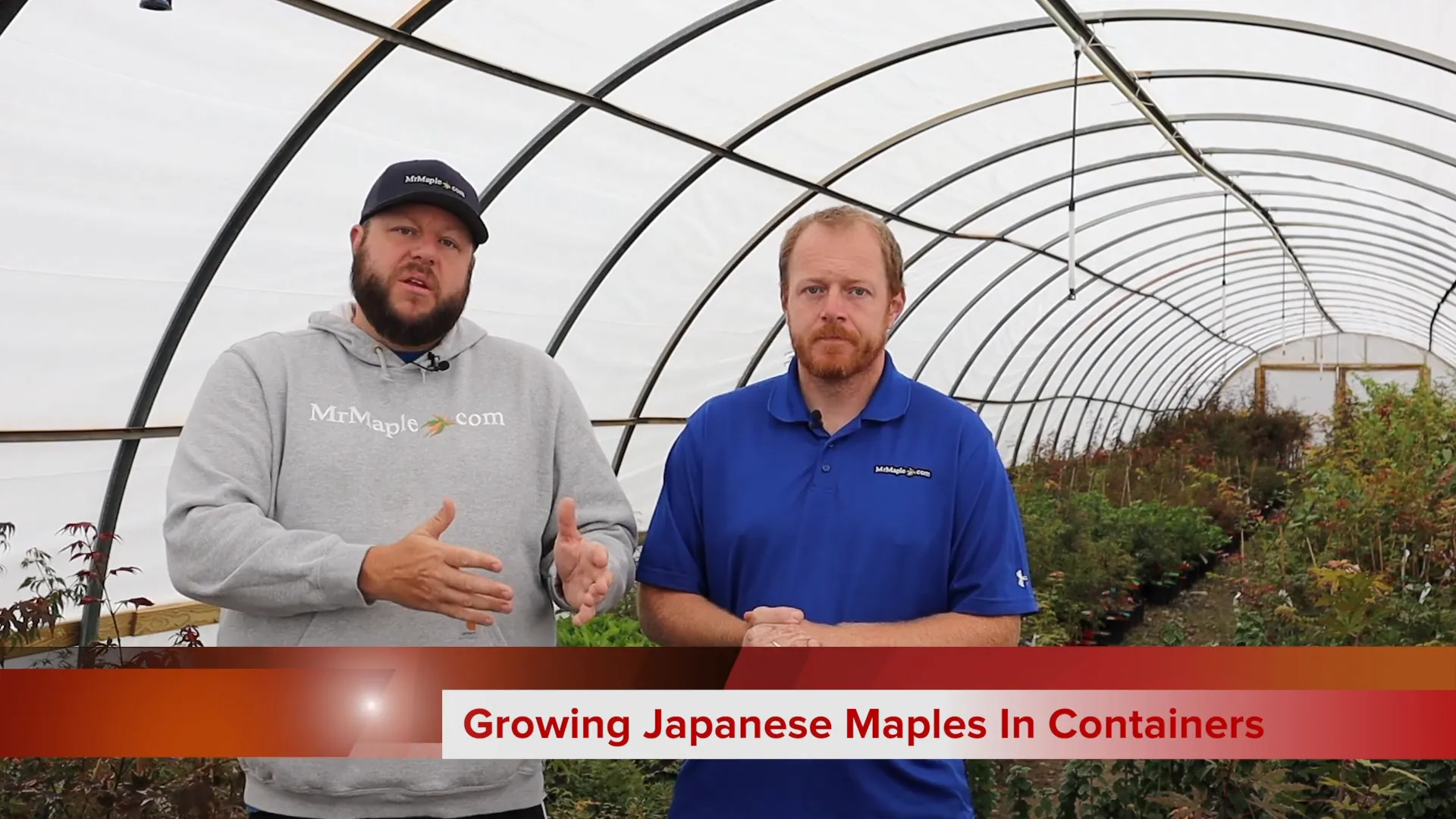
When repotting, remember these key points:
- Check for Root Growth: Inspect the roots to ensure they haven’t grown into the drainage holes. If they have, it’s time for a trim!
- Upgrade the Pot Size: If your tree is outgrowing its home, don’t hesitate to move it to a bigger pot. Just remember, gradual upgrades are best!
- Soil Refresh: Replace old soil with fresh, nutrient-rich soil to give your tree a boost!
🌞 Watering Tips
When it comes to taking care of your tree watering is a common mistake. Its not simply about providing a drink for your tree; its about understanding the timing and quantity! Japanese Maples that are in containers tend to dry out more quickly than those planted in the soil. This is true, in the hot summer months.

- Test the Soil: Before watering, check the top inch of soil. If it’s dry, it’s time to give your tree a drink!
- Water Thoroughly: When you do water, make sure to soak the soil thoroughly. But remember, no soggy feet!
- Monitor Light Conditions: If your tree is in full sun, it may dry out quicker. Consider moving it to a spot with partial shade.
🌼 Companion Plants
If you're considering adding companions, to your Japanese Maple make sure to choose carefully. Certain plants may vie for resources and nutrients causing your maple to appear neglected and unhappy.

- Low Water Needs: Opt for drought-tolerant companions like succulents or sedums. They won’t outcompete your maple for moisture.
- Non-invasive Roots: Ensure that any companion plants have non-invasive root systems to avoid crowding your maple’s roots.
Ultimately, cultivating Japanese Maples in containers can be a fulfilling experience. By choosing the pot ensuring drainage and providing care you can create a beautiful arrangement that will make your gardening friends green with envy! Remember these suggestions and watch your Japanese Maples flourish like the true champions they are!
🌼 Containers
In the realm of gardening with Japanese maples the choice of container plays a role. While it may seem like selecting an attractive pot is sufficient the truth is more nuanced. The suitability of the container can significantly impact your gardening journey.
🕳️ Importance of Drainage Holes
To put it simply if your container lacks drainage holes you're putting your Japanese maple at risk, of a waterlogged mess! It's like trying to swim in a kiddie pool filled with soup—yikes! Ensure that your pot has at one hole and for optimal drainage it's best to have multiple holes.

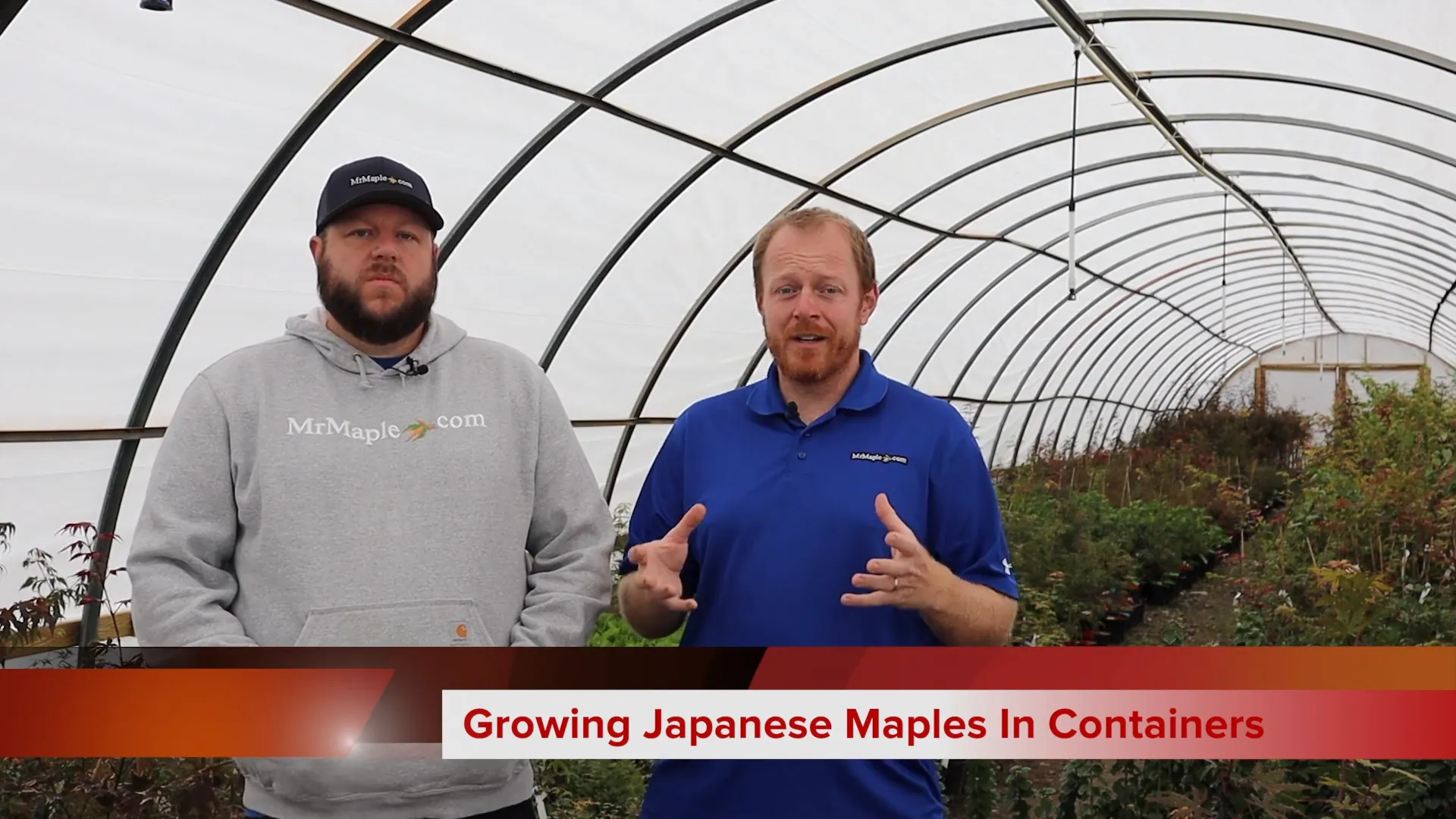
- Multiple Drainage Holes: More holes mean more drainage, which is essential for your maple's health.
- No Saucer of Death: If your pot sits in a saucer, it’s a recipe for root rot. Water levels can rise and create a soggy mess!
- Gravel Layer: If you're down to one hole, toss some gravel at the bottom to help with drainage. It's like giving your maple a little rock bed.
🏺 Choosing the Right Material
The choice of material is important! Certain pots heat up leading to faster drying of your tree before you even have a chance to say Japanese maple. It's best to steer clear of concrete pots when they're in sunlight as they can become like ovens. Instead opt for materials that will ensure your tree stays cool and content.
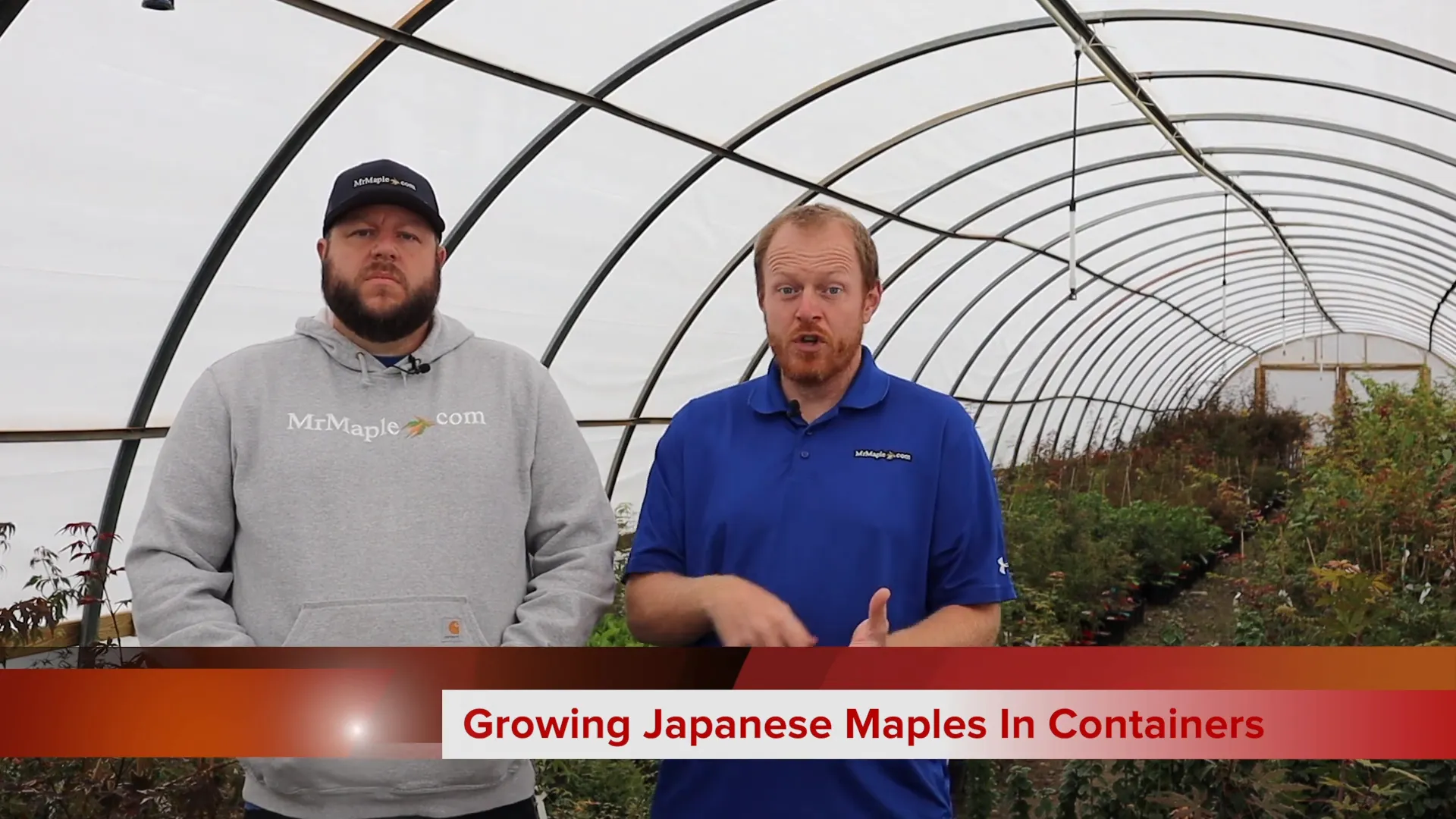
📏 Container Size
The size of a pot can have an impact on the growth of a tree than you might realize. Using a pot for a small tree is comparable to placing a child in a vast swimming pool—it's too much and not suitable for their needs. It's important to select a pot that matches the size of your tree.
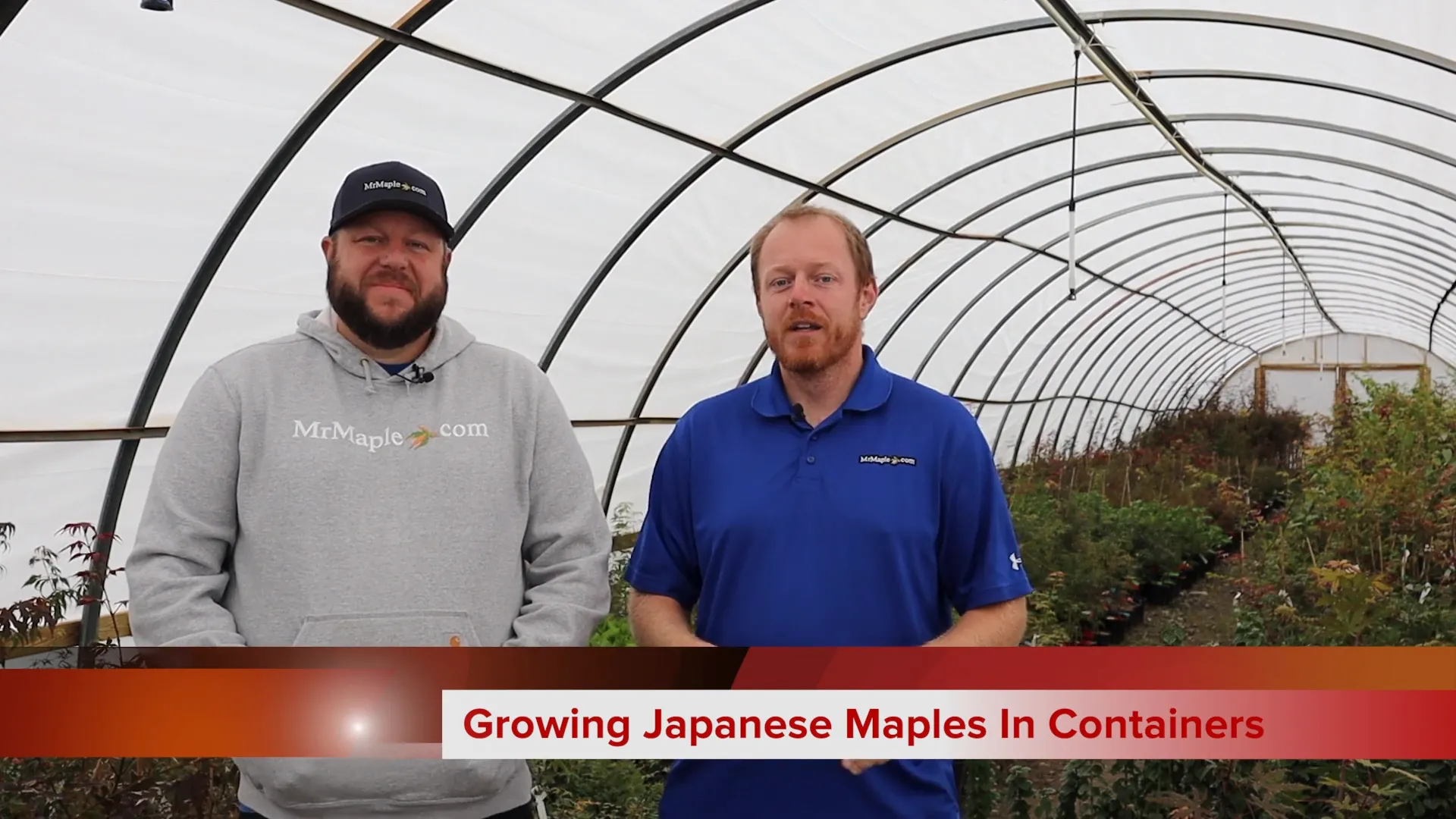
- Start Small: A smaller pot means less water retention. As your tree grows, you can gradually upgrade to a bigger pot.
- Check for Airflow: Elevate your pot with feet or bricks to ensure air can circulate underneath. No one wants a plant with "suction cup syndrome!"
Selecting the appropriate container size is essential, for the well being of your Japanese maple. A pot that's oversized may hold excess moisture while one that's undersized could hinder root development. It's all about finding that sweet spot!
📦 Step Up Gradually
Rather than diving into a huge pot right away, consider progressing in sizes. Begin with a pot that's slightly larger than the one your tree is currently in and gradually switch to larger pots as it matures. It's akin to providing your maple with a snug living space that expands alongside its growth!
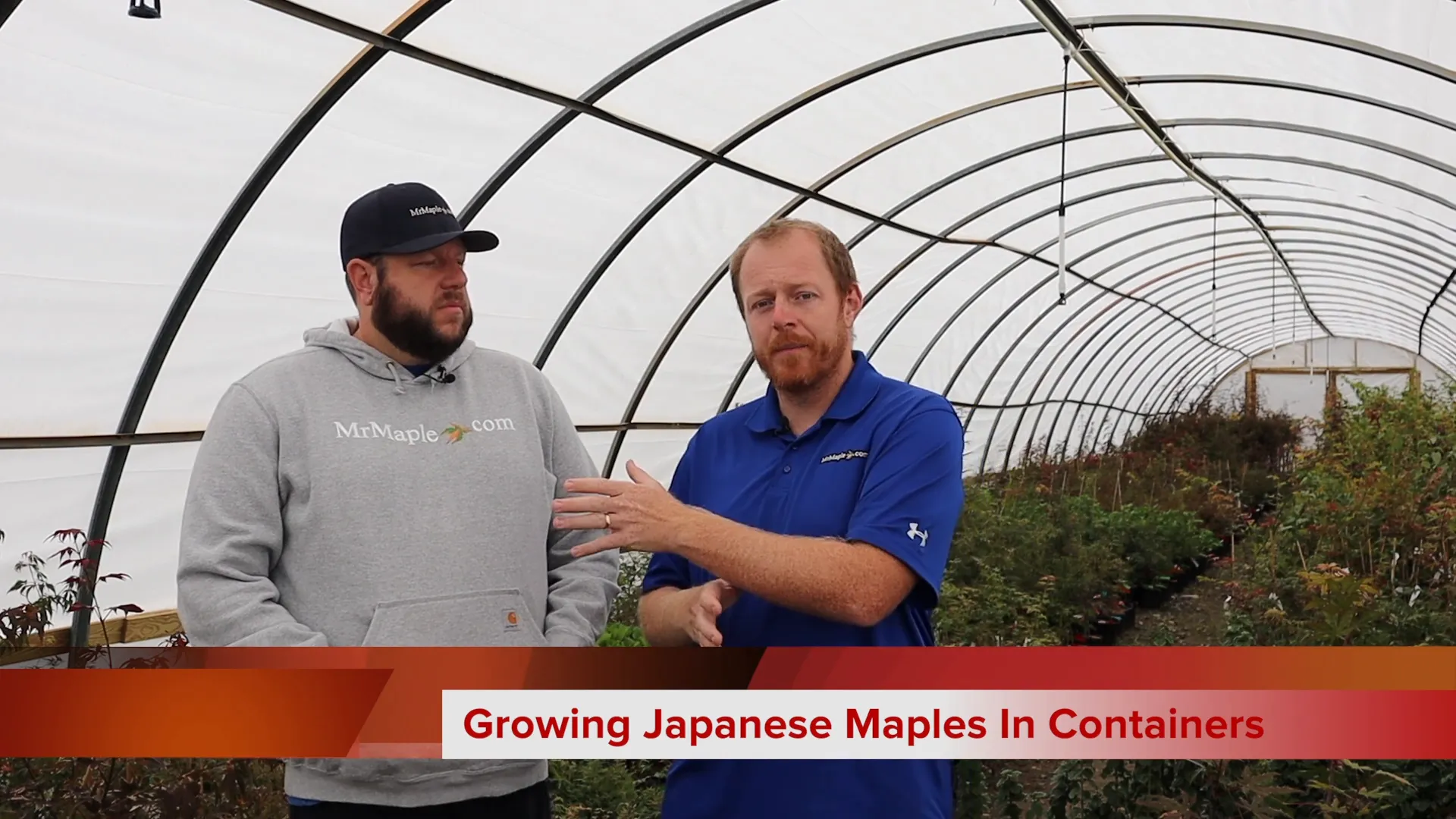
🌱 Monitor Root Growth
It's a good idea to inspect your trees root development every couple of years to make sure it hasn't outgrown its pot. This becomes crucial when you observe signs of stress. If roots are visible through the drainage holes it's time to consider repotting!
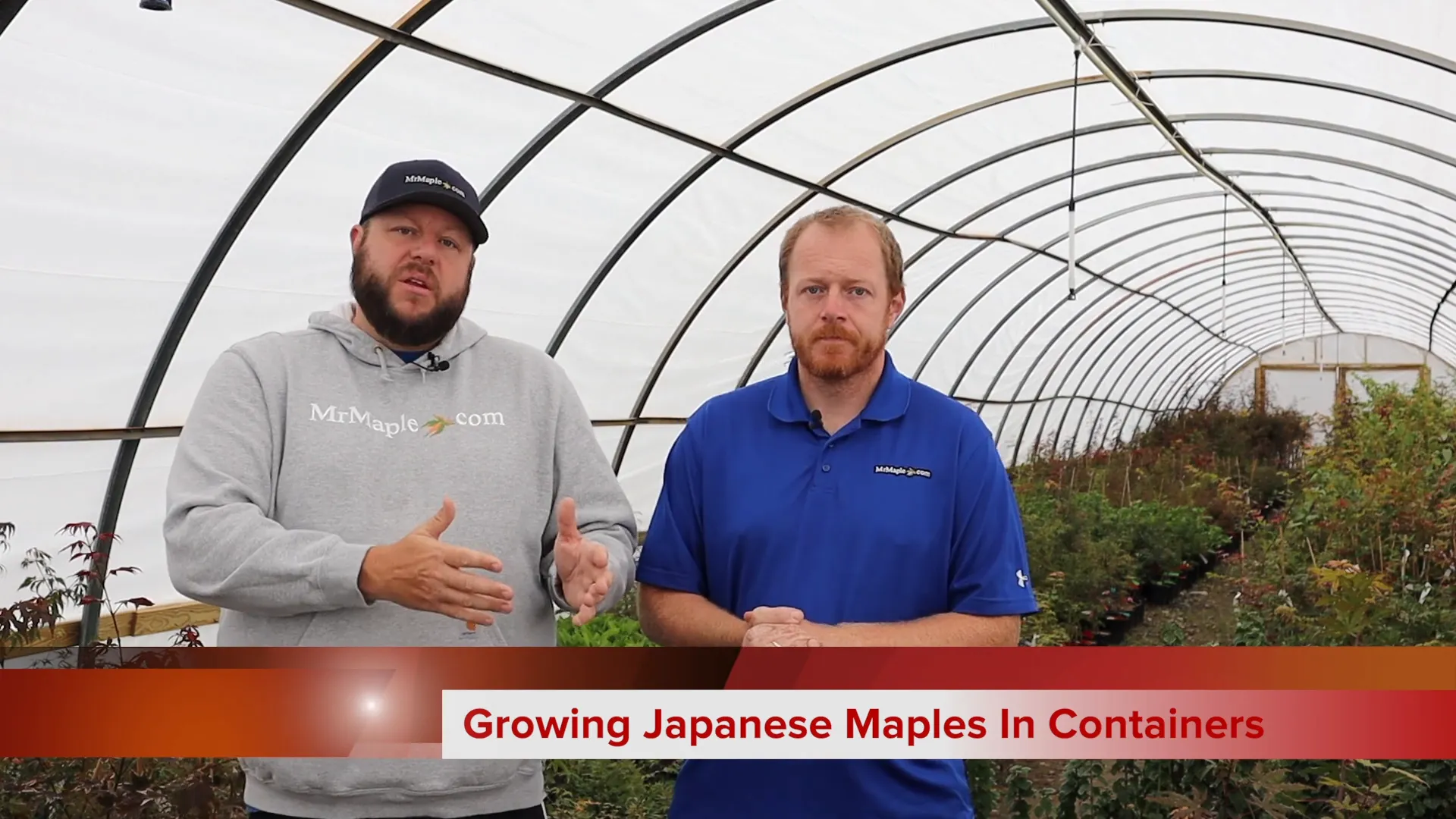
- Root Pruning: Trim any roots that have grown into the drainage holes to help your tree breathe.
- Timing is Key: The best time to repot is when your tree is dormant, typically between February and March.
🔚 Conclusion
Container gardening featuring Japanese maples can be a rewarding endeavor by following some guidelines. By selecting the pot ensuring drainage and providing care your Japanese maple can flourish in a container for an extended period. So gather your pots start planting and watch your container garden thrive!
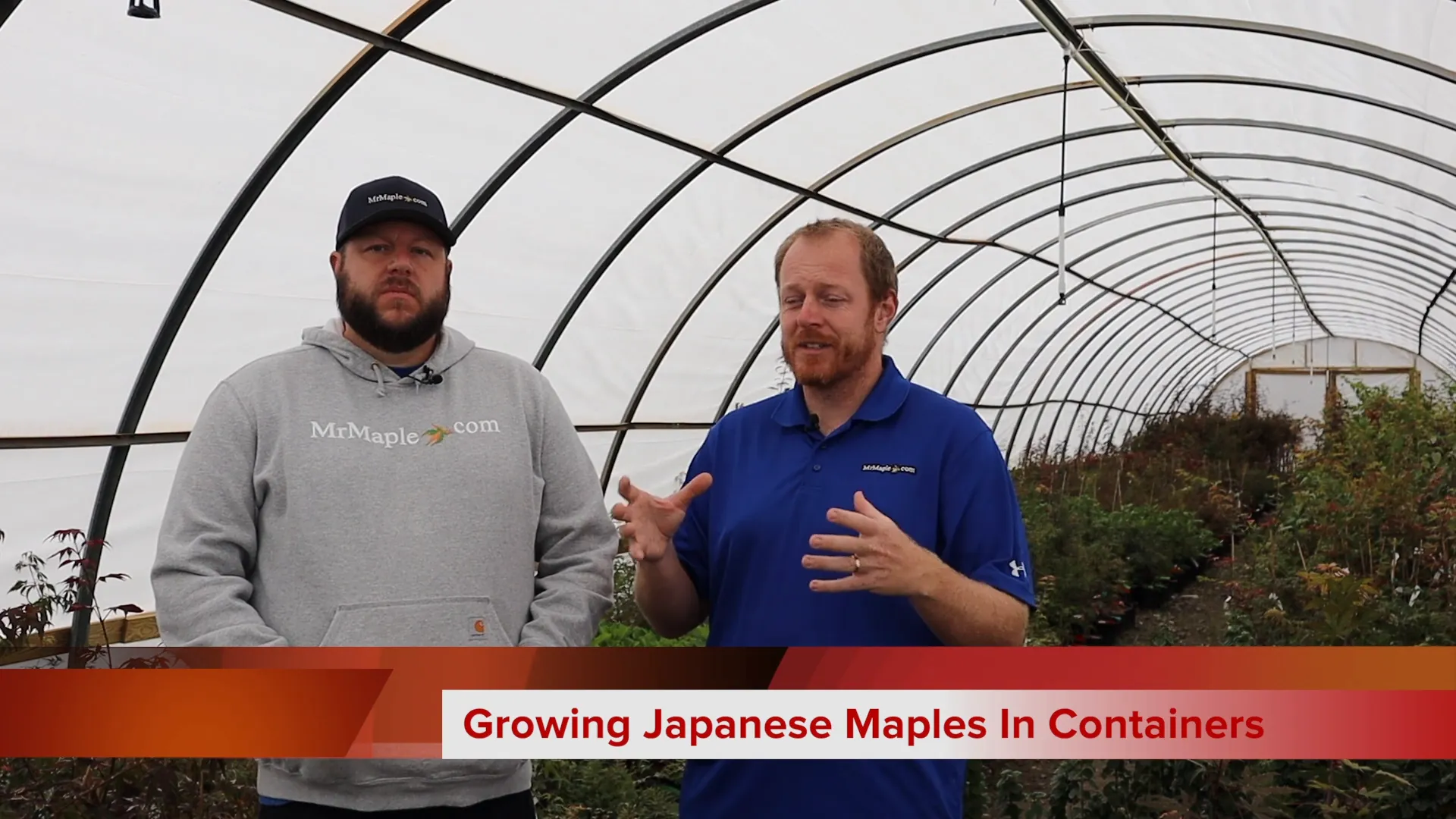
❓ FAQ
🤔 Can all Japanese maples be grown in containers?
Certainly! Although all Japanese maples can do well in pots, the smaller types are usually simpler to care for. They need room and tend to be more low maintenance.
🌞 How often should I water my container-grown Japanese maple?
The frequency of watering your plants can depend on the weather in your area. A general guideline is to feel the soil about an inch deep. If it feels dry, it's time to give your tree some water. However be cautious not to let it sit in water.
🪴 What should I do if my Japanese maple looks unhealthy?
Look out for problems, like rot that can happen due to drainage. If you notice any signs of trouble take a closer look at the roots and think about repotting or changing how you water the plant.
🌿 Can I use fertilizer for my container maples?
When it comes to using fertilizer it's important to be cautious. Excessive amounts can result in growth, which might not be suitable for a setting. We typically don't recommend fertilizing after May, you don't want your tree to think it's growing time when it's supposed to be shutting down for dormancy. Opting for a slow release fertilizer or a well balanced blend of micronutrients is the recommended approach.

Comments
Leave a comment